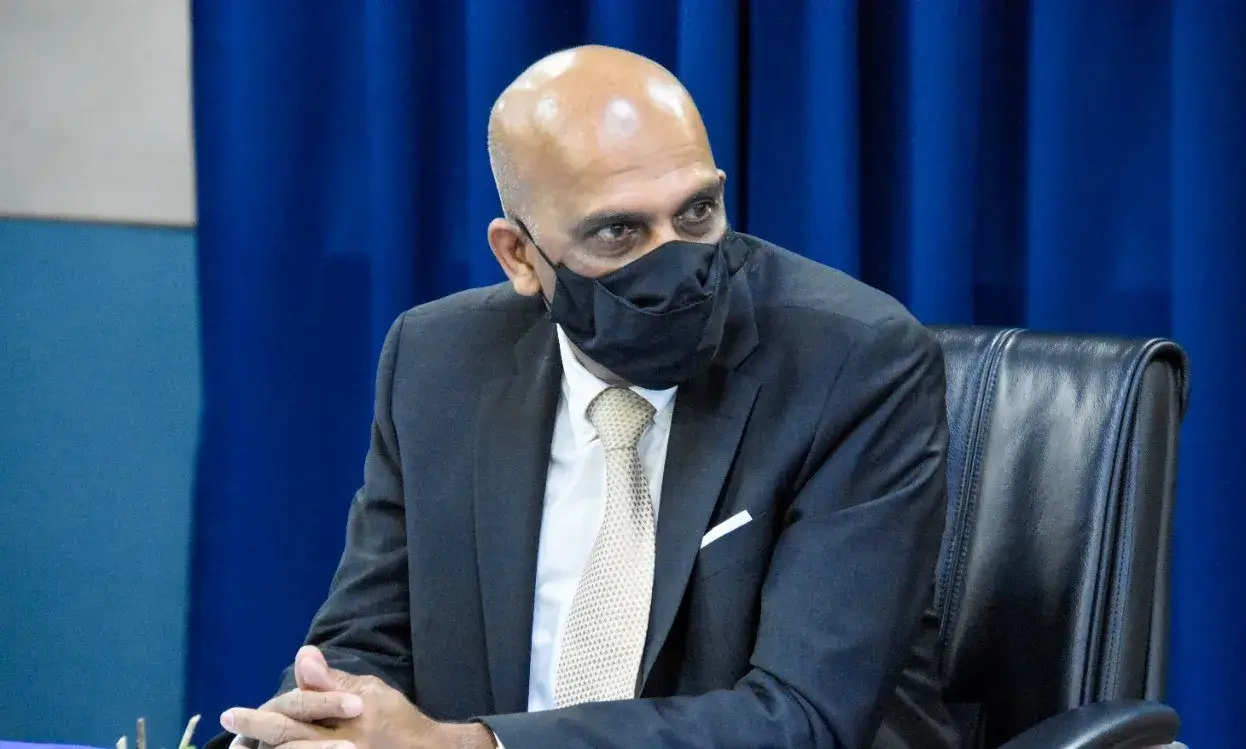Suriname on its way

Value recovery instruments proposed
Part II
Global Capital
Amsterdam, February 16th 2022– GlobalCapital: Last year, there was a public dispute with bondholders. How are your negotiations going with the bondholder committee today?
Finance Minister Armand Achaibersing: Debt restructuring negotiations typically take place amid great uncertainty, and disagreements surrounding the debtor country’s economic prospects are common. But Suriname is doing everything to minimise those. Our strategy is focussed on continuous consultation with bondholders and other stakeholders, alongside a strong commitment to fiscal consolidation anchored by an IMF programme.
Bondholders have recognised this best-practice approach, as you can see when they consented to postponing payments. However, it is true that many bondholders did not perhaps realise the extent of Suriname’s economic imbalances and the adjustment required to put public debt on a sustainable path.
Don’t forget that President Santokhi’s government inherited a mismanaged economy, with suffocating public debt, and took on the extra burden of Covid-19. To give you an idea: between 2010, when the previous president took office, and 2020, our public debt rose from 15% to an astonishing 148% of GDP.
In 2019, the previous government issued four-year bonds at a staggering rate of 12.875% — and then presidential candidate Santokhi wrote a public letter to bondholders indicating the unsustainable nature of such debt. We have been consistent in our willingness to recognise this debt — though the IMF staff has said Suriname’s public debt is ‘unsustainable’ even under the maximum feasible fiscal adjustment over the next 15 years.
So to achieve debt sustainability Suriname requires important debt relief from private and official creditors. We’ve based our approach on three pillars: fair and equitable treatment for all creditors; good faith and constructive dialogue; and a sustainable debt solution within the IMF debt sustainability framework.
Bondholders can see our our commitment to these principles, for instance, when we have published all our debt figures, creditor by creditor — something few governments do. We have maintained engagement with creditors to gather their feedback and obtained financing assurances from official creditors.
Also, we have engaged in further data sharing and dialogue with the bondholder committee’s financial and legal advisors, as well as the bondholders themselves, and will continue to do so as we move on to the next phase of the restructuring process.
GC: What are these next steps?
Minister Achaibersing: Following board approval of our Extended Fund Facility in December, we are reaching out to our external creditors — official creditors, bondholders, and other commercial creditors — using the macro-fiscal and debt targets embedded in the IMF programme. Under the programme, we have committed to reducing public debt to 120% of GDP by 2024 and 60% by 2035, which should reduce gross funding needs to an average of 9% of GDP between 2023 and 2035. The update to creditors [ available on the ministry’s website ] outlines our approach to restructuring Suriname’s indebtedness in a manner that is consistent with these targets.
End Part II
Proceed to Part III
Global Capital









